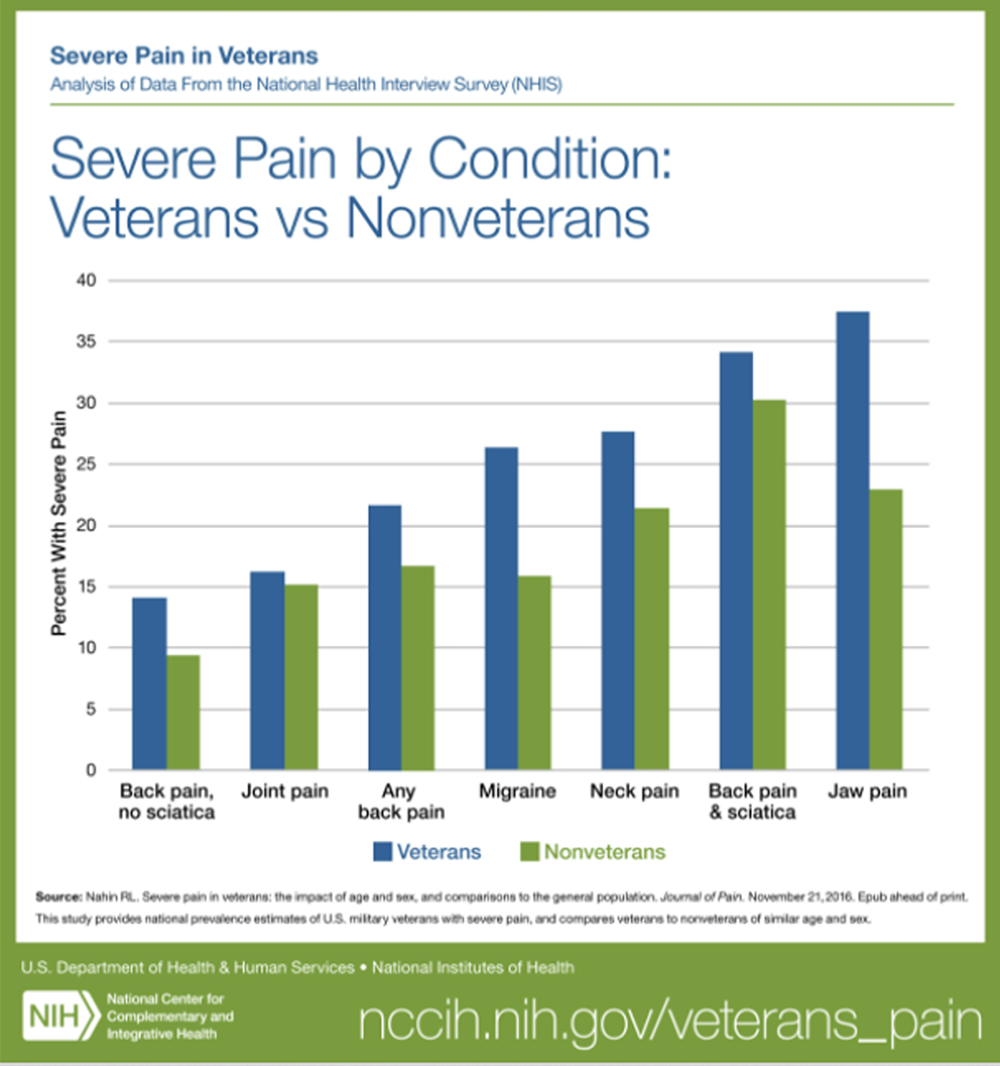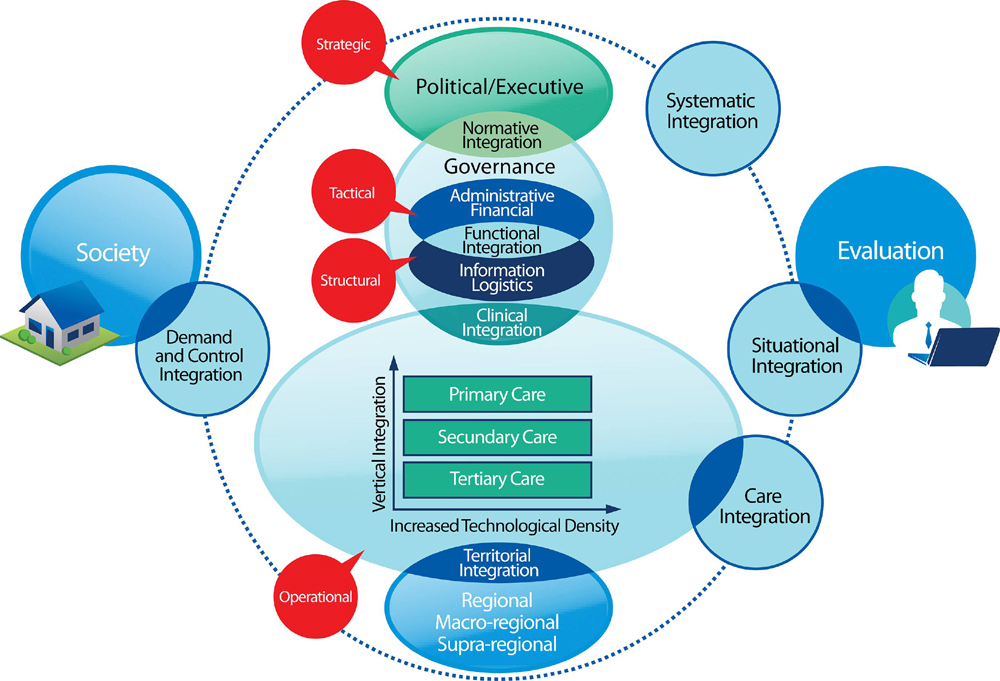We Built It, But Did They Come: Veterans’ Use of VA Healthcare System-Provided Complementary and Integrative Health Approaches
We Built It, But Did They Come: Veterans’ Use of VA Healthcare System-Provided Complementary and Integrative Health Approaches
SOURCE: J Gen Intern Med 2022 (Nov 30); 1-8
Stephanie L. Taylor, PhD, Hannah M. Gelman, PhD, Rian DeFaccio, MS, Jamie Douglas, MA, Matthew J. Hawrilenko, PhD, Nathan K. McGinty, BA, Adam Resnick, PhD,et al.
Center for the Study of Healthcare Innovation,
Implementation and Policy, Health Services Research & Development,
Greater Los Angeles VA Healthcare System, MC 151,
11301 Wilshire, Bldg. 206, 2nd Floor,
Los Angeles, CA, 90073, USA.

FROM: Nahin ~ Pain 2017
Background: Interest in complementary and integrative health (CIH) approaches, such as meditation, yoga, and acupuncture, continues to grow. The evidence of effectiveness for some CIH approaches has increased in the last decade, especially for pain, with many being recommended in varying degrees in national guidelines. To offer nonpharmacological health management options and meet patient demand, the nation’s largest integrated healthcare system, the Veterans Health Administration (VA), greatly expanded their provision of CIH approaches recently.
Objective: This paper addressed the questions of how many VA patients might use CIH approaches and chiropractic care if they were available at modest to no fee, and would patients with some health conditions or characteristics be more likely than others to use these therapies.
There are more articles like this @ our:





